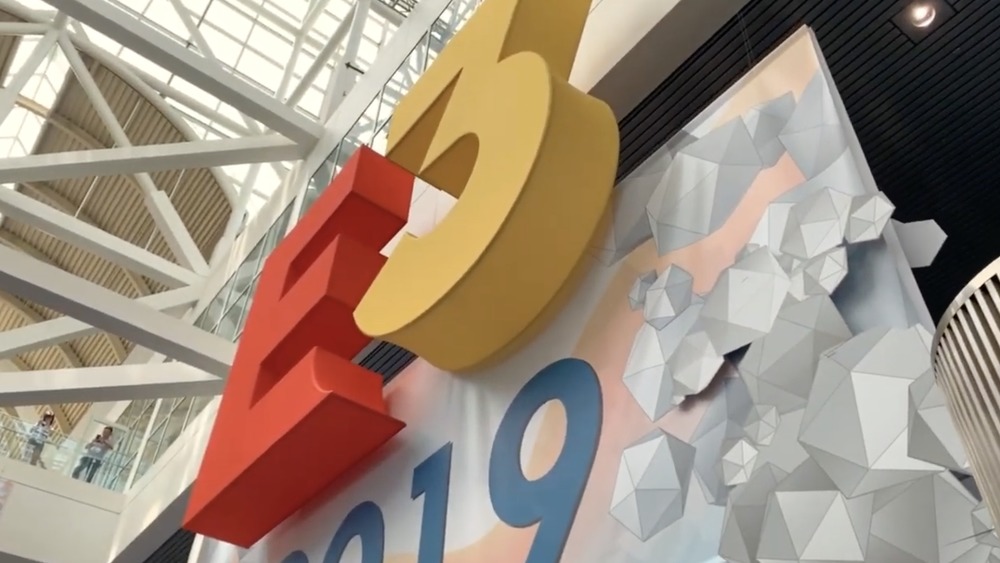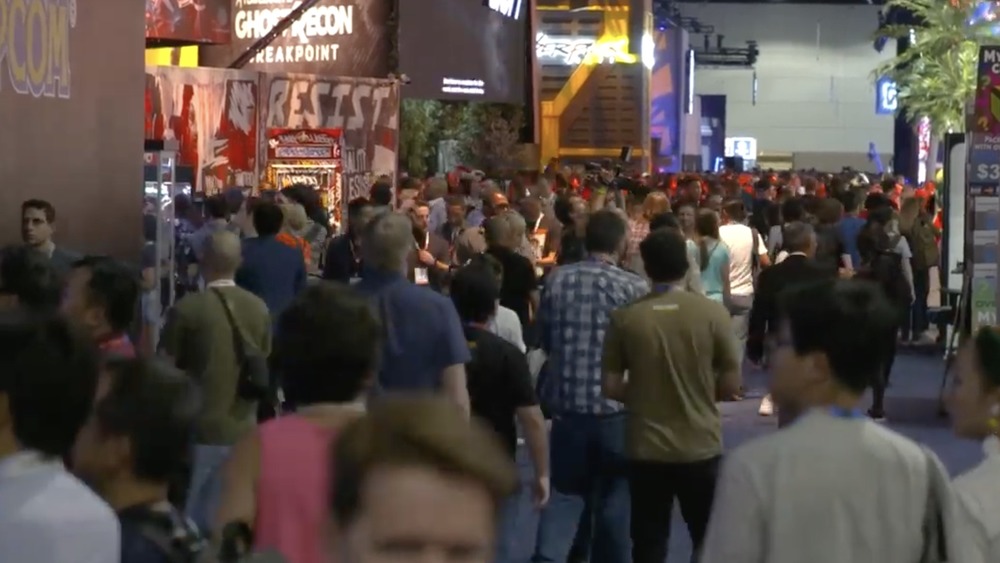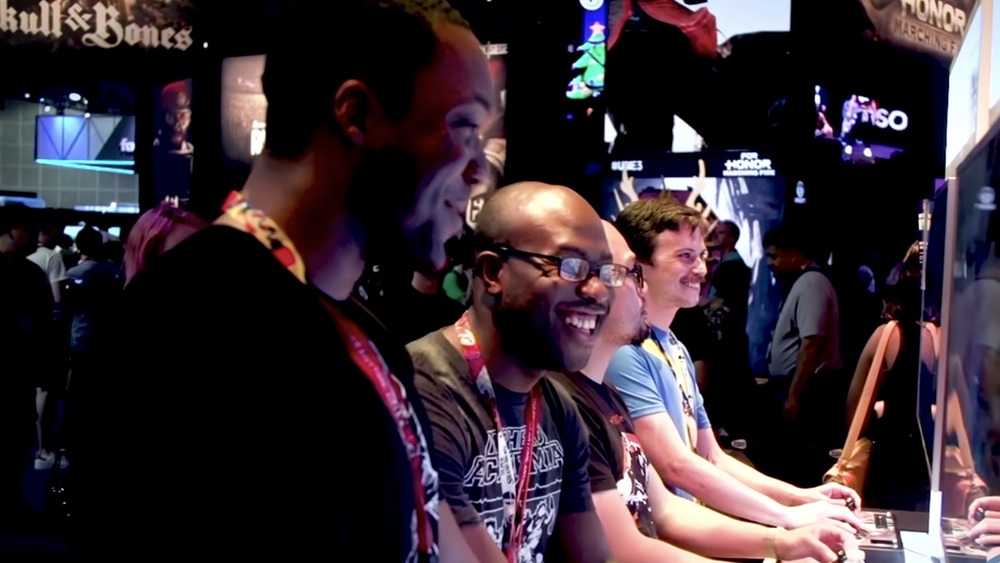Here's Why E3 2007 Is Widely Regarded As A Huge Disaster
The Electronic Entertainment Expo (E3), the video gaming industry's annual trade show, has had the reputation for decades as the place to be for anyone who has pretensions to gaming greatness. Organized annually by the Entertainment Software Association (ESA), E3 is traditionally full of developers, publishers, hardware manufacturers, accessory makers, and anyone else related to the interactive entertainment category. It's a big, chaotic, news-saturated event that happens at the Los Angeles Convention Center, and in past years, it's been as rife with gaming announcements as San Diego Comic-Con is for the film industry. However, in recent years, its importance has waned, with big names forgoing the show and others making announcements on their own schedules instead of E3's.
Back in 2007, E3 tried a different format to regain its previous importance. Although there were big things afoot in the world of video games that year, you wouldn't have known it based on how many people showed up and how the event was run. Unfortunately, E3 was a disaster that year and the following year. While it quickly went back to its current format, it still struggles to be as vital as it once was in an industry that's constantly changing.
The format of E3 became smaller, more intimate, and more focused
When fans picture E3, the mental images include giant booths, oversized displays, and noise from more than 60,000 attendees. In 2007, the ESA tried to eliminate some of the over-the-top (and expensive) sights and sounds with a smaller event called the E3 Media & Business Summit, held in July instead of May. By scaling down the convention hall and placing the show floor in an airplane hangar, cutting attendance, and redistributing press conferences and meetings over a handful of hotels in Santa Monica, California, it hoped to focus on the big, immediate games rather than titles years away from release.
That meant attendance stayed at just 10,000 people, with only 33 exhibitors. Instead of waiting in long lines, gamers could enjoy demos much more quickly. Initially, some critics said they liked the new format: One writer, from Animation World Network, admitted that the hotel-hopping was inconvenient but enjoyed the beachside location and the more focused organization. He saw all of the changes as a sign of a "maturing" industry. Big games shown in 2007 included BioShock, Fallout 3, Resident Evil 5, Crysis, and Rock Band.
Industry execs disliked the event, and by 2009, E3 was back in full swing
Overall, the 2007 show generated mixed reactions, with many disliking the logistics of getting around and missing the retailers. It did well enough, though, that the ESA decided to go with the same format in 2008.
After 2008, however, the verdict was in. CNET noted in its 2008 wrap-up that "the pared-down version of E3 that started last year failed to inspire the industry or generate much significant media coverage." Criticism became louder, and E3 was derided as "irrelevant" by gaming executives such as Scott Miller, CEO of 3D Realms. Electronic Arts CEO John Riccitiello said to the San Francisco Chronicle (as reported by MCV), "I hate E3 like this. Either we need to go back to the old E3, or we'll have to have our own private events."
Before long, E3 was ready to return in 2009 in its old format. E3 has gotten even bigger since then: Attendance hit its peak in 2018 with a 69,000-strong crowd after E3 opened its doors to the public in 2017. The show remains controversial in terms of its influence, but it's still here. So far.



